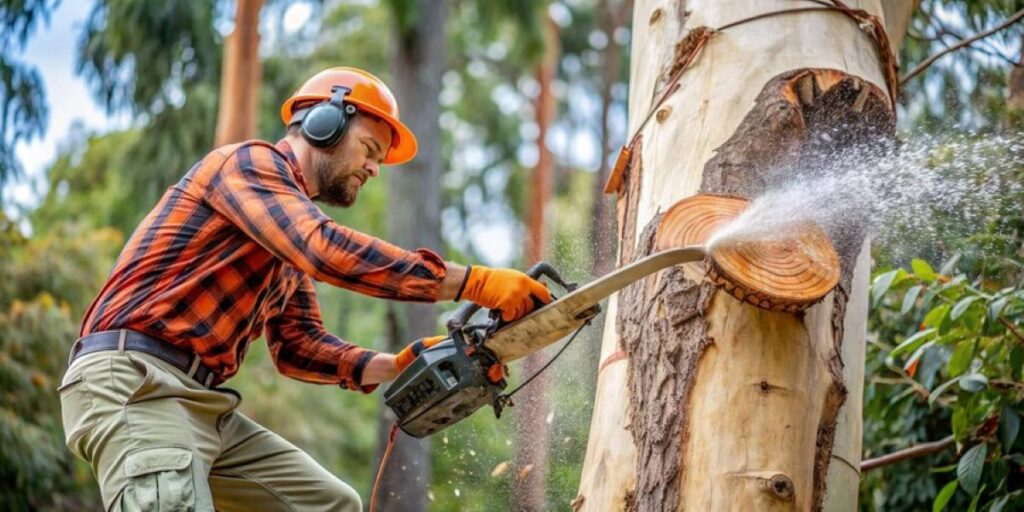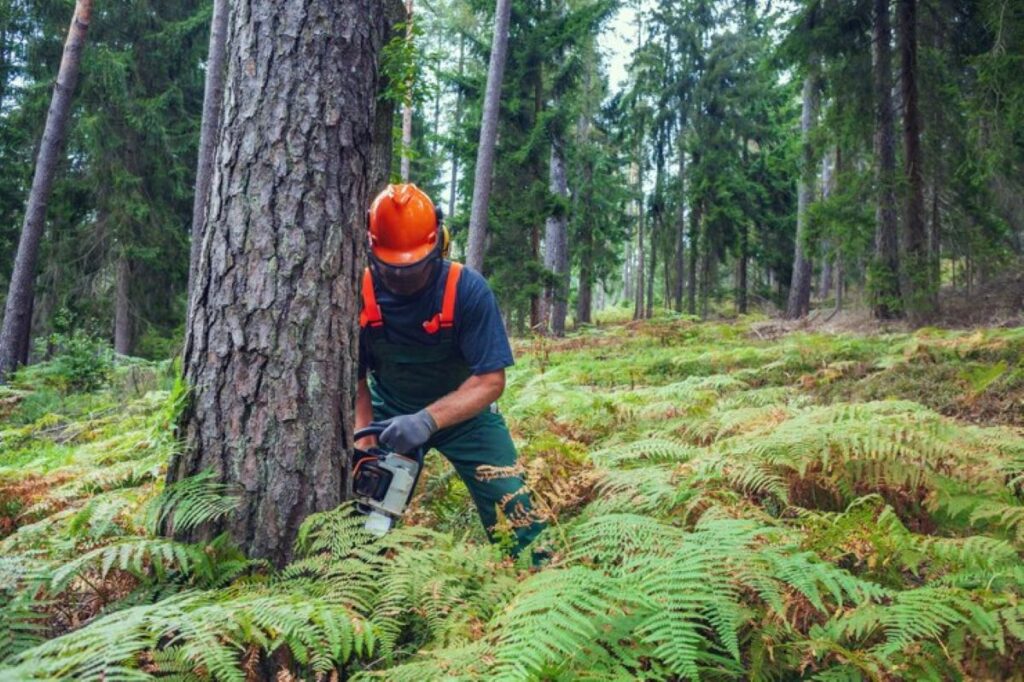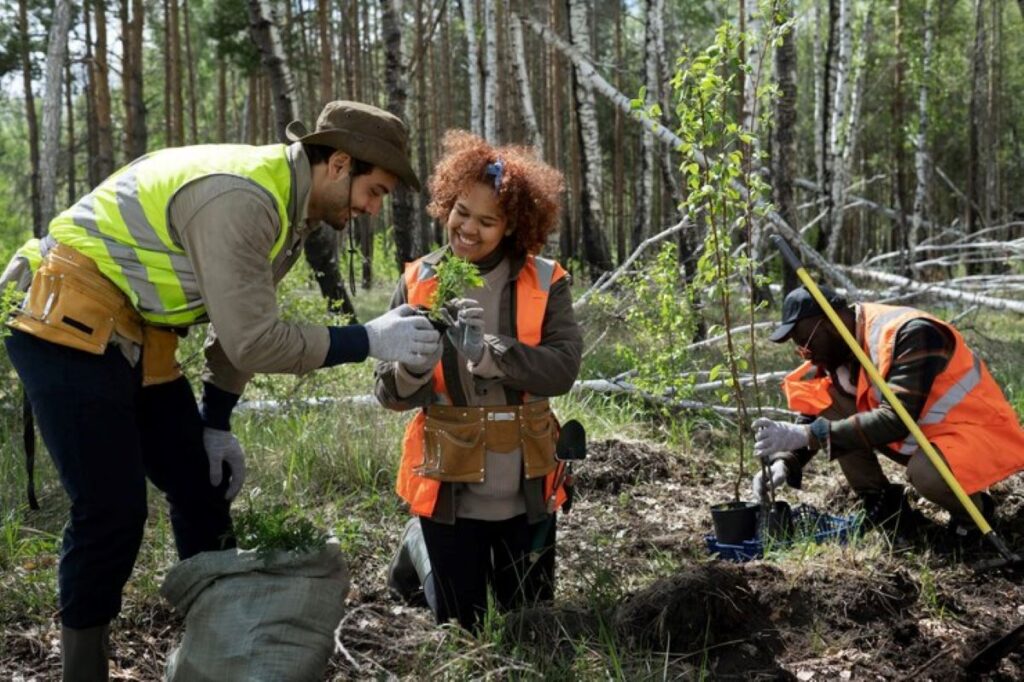Tree pruning is a vital practice that contributes significantly to the overall health and longevity of trees. While many may view it as merely an aesthetic choice, regular pruning serves multiple purposes that extend far beyond mere appearance. In Australia, where diverse tree species thrive, understanding the importance of tree pruning is essential for both homeowners and land managers. This article delves into the various benefits of regular tree pruning, the best practices to follow, and the potential consequences of neglecting this crucial task.
The Benefits of Regular Tree Pruning
Promoting Healthy Growth
One of the primary advantages of pruning services near me is its ability to promote healthy growth. Trees, like all living organisms, require a balanced structure to thrive. Pruning helps to remove dead, diseased, or damaged branches, allowing the tree to redirect its energy towards healthy growth. This process not only enhances the tree’s vigour but also encourages the development of a strong, well-formed canopy.
Moreover, pruning can stimulate new growth by allowing more sunlight to penetrate the tree’s interior. This increased light exposure can lead to a more robust and lush foliage, which is particularly important for species that thrive in shaded environments. By ensuring that all parts of the tree receive adequate sunlight, pruning can significantly improve a tree’s overall health and vitality. Additionally, regular pruning can help to balance the tree’s structure, preventing the development of weak points that could lead to future issues, such as breakage or disease susceptibility. This proactive approach to tree care ensures that the tree remains resilient against environmental stresses, such as drought or heavy winds.
Enhancing Safety
Another critical reason for regular tree pruning is safety. Overhanging branches can pose a risk to people, pets, and property, especially during storms or high winds. By routinely assessing and pruning trees, potential hazards can be mitigated. Removing weak or dead branches reduces the likelihood of them falling and causing injury or damage.
In urban and suburban areas, where trees are often in close proximity to buildings and power lines, regular pruning becomes even more crucial. It ensures that trees do not encroach upon structures or utilities, thereby maintaining a safe environment for all. Furthermore, responsible pruning can help prevent the spread of pests and diseases that may thrive in neglected trees, further enhancing safety in the surrounding area. Regular inspections and maintenance can also identify potential issues before they escalate, allowing for timely interventions that protect both the tree and the community. This proactive management is essential for preserving the integrity of urban green spaces, which play a vital role in enhancing the quality of life for residents.
Improving Aesthetics
While the health and safety of trees are paramount, the aesthetic appeal of well-pruned trees cannot be overlooked. A neatly pruned tree enhances the overall landscape, contributing to the beauty of gardens and public spaces. Proper pruning techniques can shape trees to complement their surroundings, creating a harmonious balance between nature and design.
In addition, trees that are regularly pruned are less likely to develop unsightly growth patterns or overcrowded canopies. This not only improves their appearance but also increases property values, as well-maintained landscapes are often more attractive to potential buyers. In essence, regular pruning is an investment in both the health of the tree and the visual appeal of the environment. Furthermore, well-pruned trees can serve as focal points in landscaping, drawing the eye and enhancing the overall aesthetic of the area. Seasonal changes in foliage can also be accentuated through careful pruning, allowing for a dynamic display of colour and form throughout the year, which can be particularly enchanting in regions with distinct seasonal variations. This attention to detail in tree care contributes to a vibrant and inviting atmosphere, encouraging community engagement with nature.
Best Practices for Tree Pruning
Timing is Key
Understanding when to prune is crucial for achieving the best results. Most trees benefit from pruning during their dormant season, typically late winter to early spring. During this period, trees are less stressed, and the risk of disease transmission is reduced. However, specific species may have unique needs, so it is essential to research the ideal timing for each tree type.
For flowering trees, pruning should be timed to encourage blooms. Trees that flower in spring should be pruned after they bloom, while those that flower in summer can be pruned in late winter. This careful timing ensures that the natural cycle of growth and flowering is respected, leading to healthier trees and more vibrant blooms.
Utilising Proper Techniques
Employing the right pruning techniques is essential for minimising damage and promoting healthy growth. The three-cut method is often recommended for larger branches. This involves making an initial cut on the underside of the branch to prevent tearing, followed by a cut from the top to remove the branch. Finally, a third cut is made to remove the stub, ensuring a clean cut that promotes healing.
Additionally, it is vital to avoid excessive pruning, which can stress the tree and lead to poor health. A general rule of thumb is to remove no more than 25% of a tree’s canopy in a single year. This allows the tree to adjust and recover without being overwhelmed. Regular, light pruning is often more beneficial than infrequent, heavy pruning.
Seeking Professional Assistance
While some tree pruning tasks can be undertaken by homeowners, there are situations where professional assistance is advisable. Certified arborists possess the knowledge and experience to assess tree health accurately and implement appropriate pruning techniques. They can identify underlying issues that may not be visible to the untrained eye and provide tailored solutions to enhance tree health.
Moreover, professionals have access to specialised equipment that can make the pruning process safer and more efficient. For large trees or those located in challenging positions, hiring an expert can prevent accidents and ensure that the job is done correctly. Investing in professional tree care is often a wise decision, particularly for valuable or mature trees.

Consequences of Neglecting Tree Pruning
Increased Risk of Disease
Neglecting regular tree pruning can lead to a myriad of problems, with one of the most significant being an increased risk of disease. Dead or diseased branches can serve as breeding grounds for pests and pathogens, which can quickly spread throughout the tree and even to neighbouring plants. Without intervention, these issues can escalate, ultimately leading to tree decline or death.
In addition, trees that are not pruned regularly may develop overcrowded canopies, which can hinder airflow and sunlight penetration. This lack of light and air circulation creates a damp environment that is conducive to fungal infections and other diseases. Regular pruning helps to maintain a healthy balance, reducing the likelihood of such issues arising.
Structural Weakness
A tree that is not pruned regularly may develop structural weaknesses over time. As branches grow unchecked, they can become too heavy for the tree to support, leading to splits or breaks. This can be particularly problematic for trees with multiple leaders or competing branches, which can create instability in the overall structure.
By implementing a regular pruning schedule, weak branches can be identified and removed before they pose a risk to the tree’s integrity. This proactive approach not only enhances the tree’s strength but also contributes to its longevity, ensuring that it remains a vital part of the landscape for years to come. Visit https://www.ryde.nsw.gov.au/Environment-and-Waste/Trees/Tree-Pruning-Guide to get more about tree pruning.
Decreased Aesthetic Appeal
Finally, neglecting tree pruning can lead to a decline in aesthetic appeal. Overgrown trees can become unsightly, detracting from the beauty of gardens and outdoor spaces. This can impact property values and create an unkempt appearance that may be unwelcoming to visitors or potential buyers.
Regular pruning helps to maintain the shape and health of trees, ensuring that they continue to enhance the landscape. A well-maintained tree not only contributes to the overall beauty of an area but also reflects positively on the property owner’s commitment to their environment.

Conclusion
Regular tree pruning is an essential practice that offers numerous benefits, from promoting healthy growth and enhancing safety to improving aesthetic appeal. By understanding the importance of timing, employing proper techniques, and considering professional assistance when necessary, tree owners can ensure that their trees remain healthy and vibrant.
Neglecting this vital task can lead to serious consequences, including increased disease risk, structural weaknesses, and decreased aesthetic appeal. Therefore, establishing a regular pruning schedule is a wise investment in the health and longevity of trees. Whether for personal enjoyment or property enhancement, the benefits of regular tree pruning are undeniable and should be prioritised by all tree owners.
More to Read : Large Tree Removal Cost: What Sydney Homeowners Should Budget For

